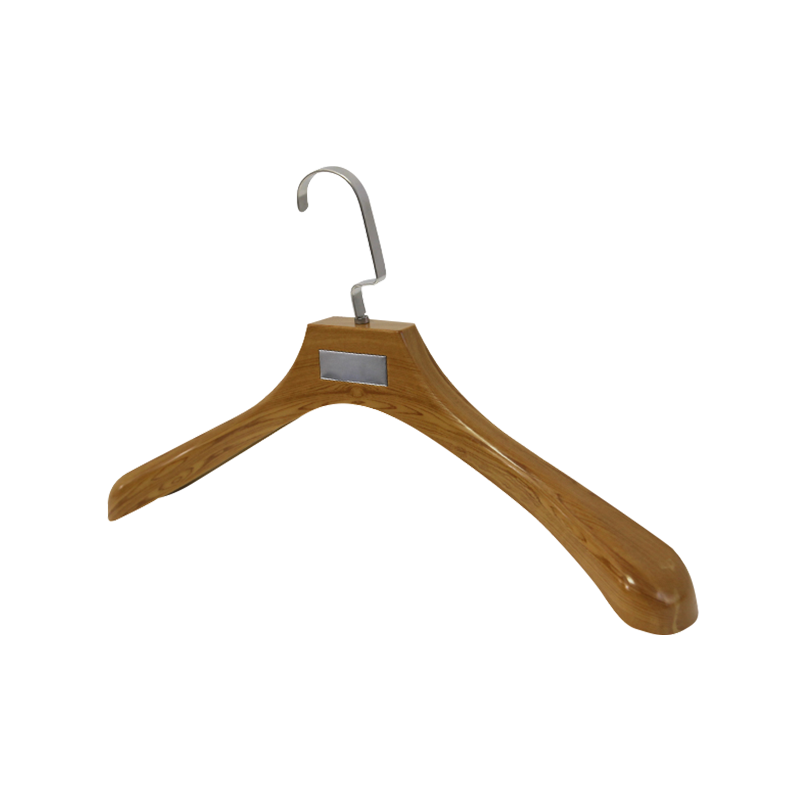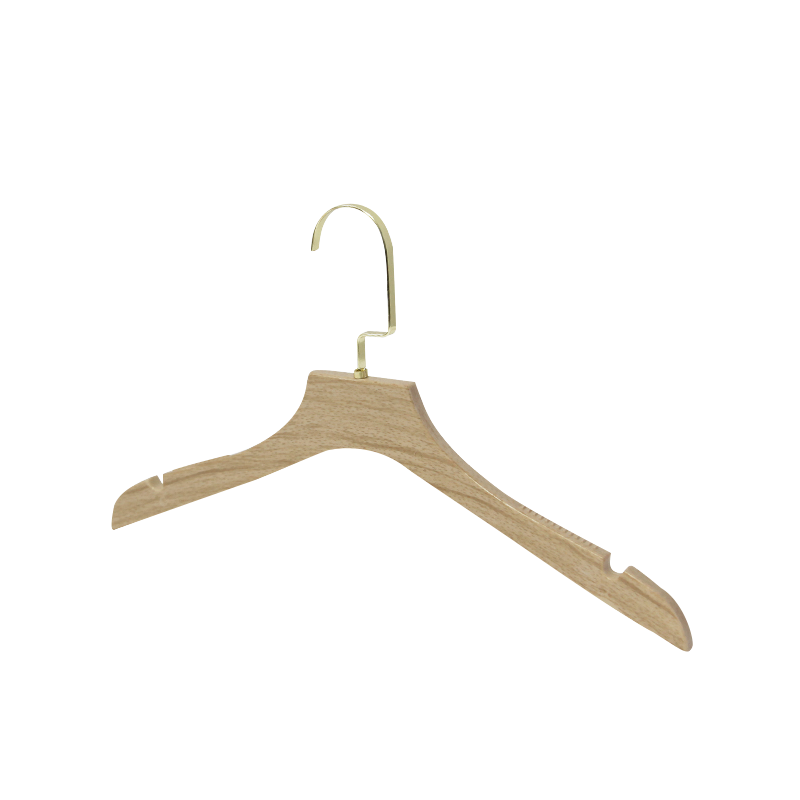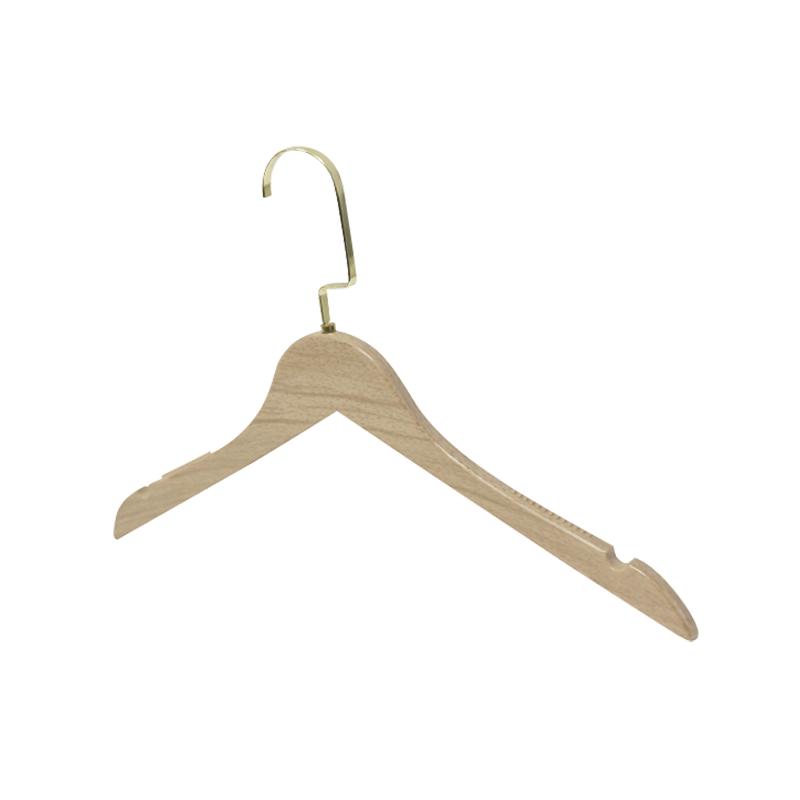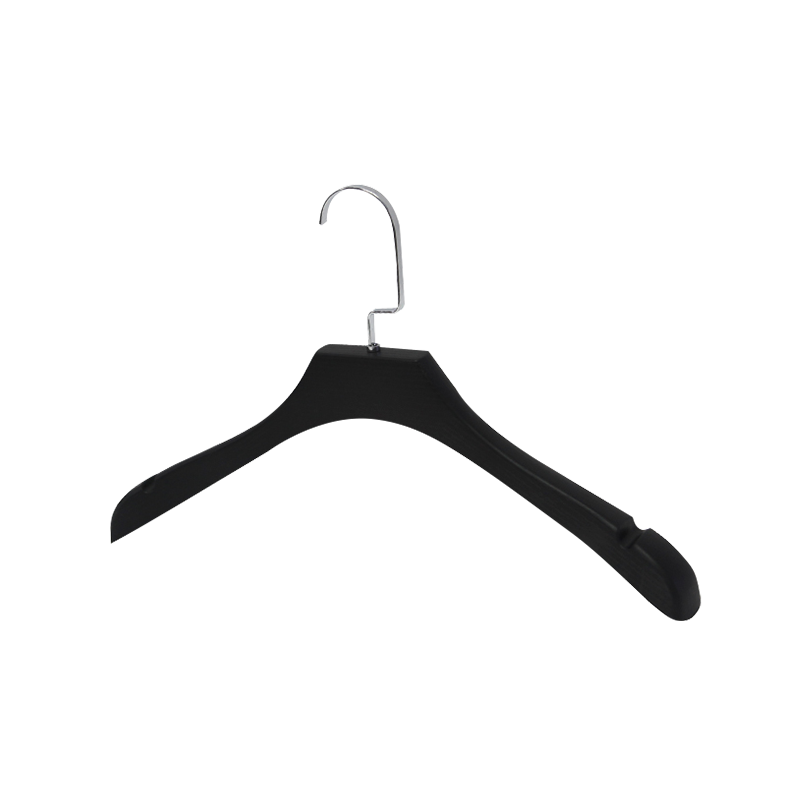A Vertical Steamer For Clothes is an essential tool in garment care, commonly used to remove wrinkles, refresh fabrics, and even sanitize clothes. The inner liner, typically part of the water tank or steam chamber, directly impacts the efficiency, durability, and effectiveness of the steamer. The material and design of this component influence the steam generation process, the maintenance requirements, and the overall quality of the garment steaming experience.
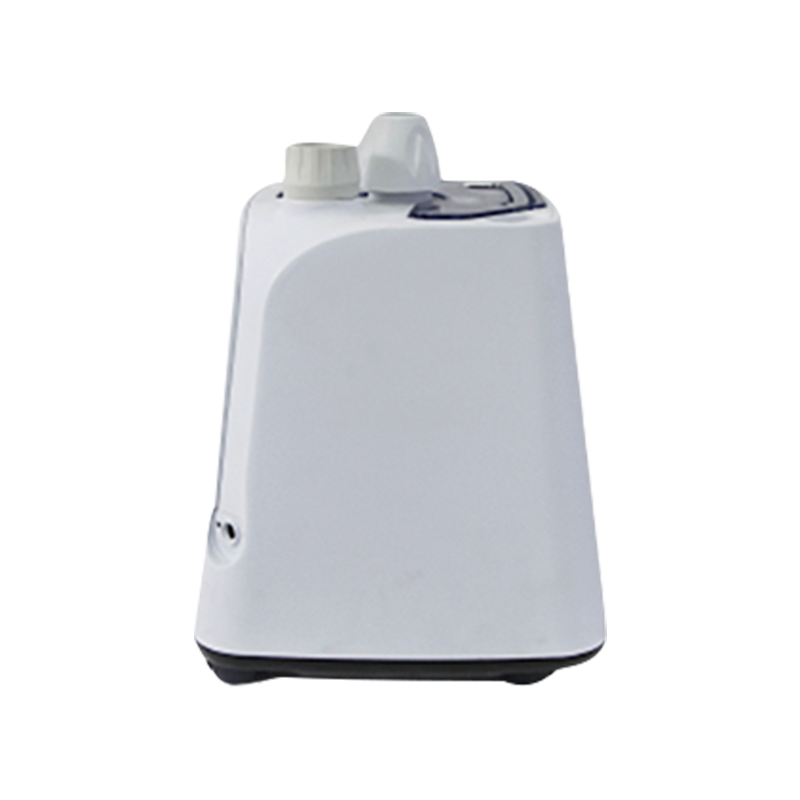
Heat Distribution and Steam Generation
One of the important functions of the inner liner in a vertical steamer is its role in heat distribution and steam generation. The liner directly interacts with the water in the tank, influencing how efficiently steam is produced and delivered to the nozzle. This has a direct effect on how well the steamer performs in terms of wrinkle removal and fabric care.
Material Conductivity: The inner liner is often made from materials that are designed to withstand high temperatures and pressure, such as stainless steel or heat-resistant plastics. Stainless steel, for example, has thermal conductivity, which means it can evenly distribute heat throughout the water tank. This helps ensure that the water heats up quickly and efficiently, producing a consistent flow of steam. Materials with lower conductivity may struggle to evenly heat the water, inconsistent steam output and potentially longer heating times.
Steam Efficiency: The design of the inner liner also affects how effectively steam is generated and how much steam is produced over time. A well-designed liner with appropriate steam venting and pressure regulation ensures that steam is released in a controlled, steady manner, allowing the steamer to maintain a consistent flow. On the other hand, a poorly designed liner may cause steam to escape irregularly or insufficiently, reducing the effectiveness of the steamer in removing wrinkles or refreshing fabrics. The ability of the liner to maintain pressure within the chamber can also affect the volume of steam produced at any given time, which is important for handling larger garments or heavier fabrics.
Rapid Heating: Some vertical steamers are designed with an inner liner that incorporates rapid heating technology, allowing the water to reach the steaming temperature in just a few minutes. A liner that can handle higher water temperatures efficiently without overheating contributes to the overall convenience and performance of the steamer. This feature is especially important in fast-paced environments, such as garment production or for individuals who need to steam clothes quickly before wearing them.
Material Durability and Maintenance
The inner liner’s material choice and durability are integral to the steamer’s long-term performance. Materials that can resist corrosion, scaling, or damage over time are critical for maintaining the efficiency and lifespan of the device.
Resistance to Scale Build-Up: Water quality plays a significant role in the performance of any steamer. Hard water, which contains high levels of calcium and magnesium, can mineral deposits building up inside the inner liner. This mineral buildup can reduce steam production and clog steam channels, making it more difficult to generate consistent steam. Steamer models with inner liners made from materials that are resistant to mineral scaling (such as stainless steel with specific anti-corrosive coatings) are more likely to maintain their performance over time.
Corrosion Resistance: The inner liner is constantly exposed to water, and over time, this can corrosion if the material is not adequately resistant to rust or degradation. Stainless steel, especially grades like 304 and 316, is highly resistant to rust and corrosion, which extends the life of the steamer. Plastic liners, while more resistant to rust, may degrade or warp over time, especially when exposed to high temperatures. Choosing a steamer with an inner liner made from durable, high-quality materials ensures the steamer can perform well without the need for frequent maintenance or replacement.
Ease of Cleaning: A smooth and durable inner liner is also easier to clean and maintain. Limescale and mineral deposits can accumulate over time, and a liner with a non-porous surface is less likely to trap these residues. This makes it easier for users to maintain the steamer, ensuring it operates at peak efficiency for a longer period. Some models come with built-in descaling systems or removable liners that allow for quick cleaning, preventing clogging or steam flow issues.
User Convenience and Safety
The inner liner of a vertical steamer is also an important factor in overall user convenience and safety. The design of the liner, as well as its material properties, can significantly impact how easy and safe the steamer is to use, as well as how effectively it performs over time.
Water Tank Capacity and Design: The design of the inner liner often determines the overall capacity of the water tank. A larger water tank means longer steaming sessions without the need for refilling, which is particularly convenient for users with large garments or heavy steaming requirements. However, a larger water tank also needs to be sturdy and well-designed to avoid issues like leakage or poor pressure regulation. The inner liner must be able to securely hold the water and steam without the risk of bursting or malfunctioning due to high internal pressure.
Safety Features: Some steamers come with safety mechanisms that are built into the inner liner. For example, pressure release valves and temperature regulation features are essential to ensure that the steamer operates safely without overheating or causing harm to the user. The material and design of the inner liner play a key role in determining how well these safety features function, protecting the user from potential burns or injuries caused by excess steam.



 Language
Language  English
English 中文简体
中文简体 Español
Español русский
русский
